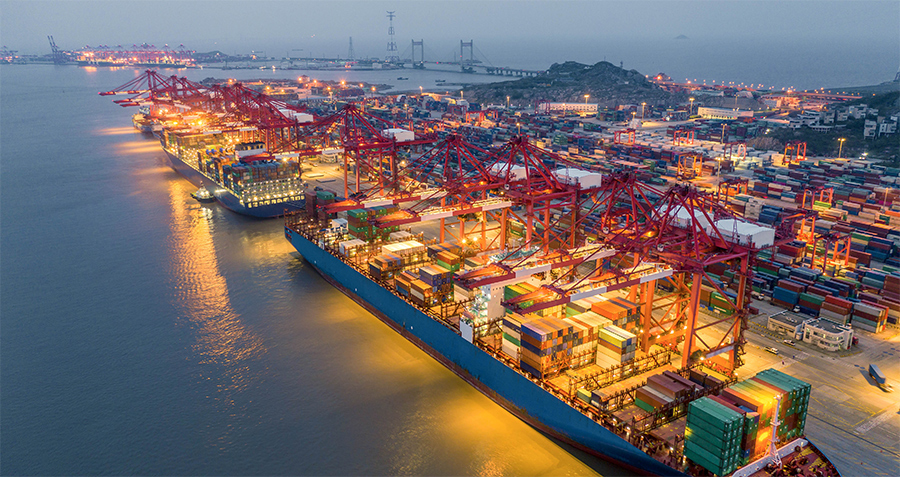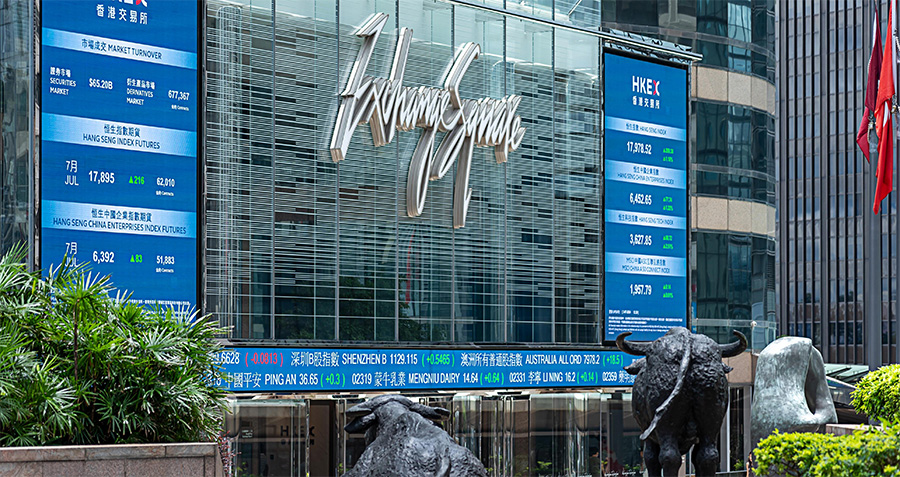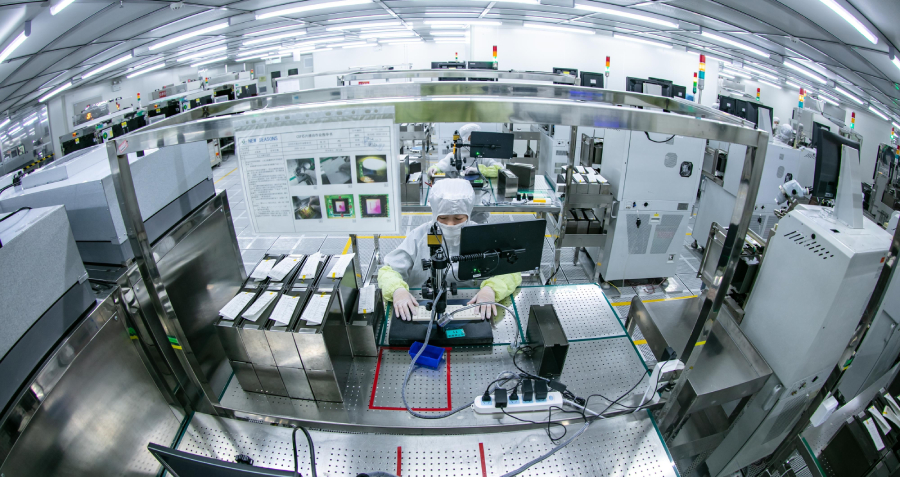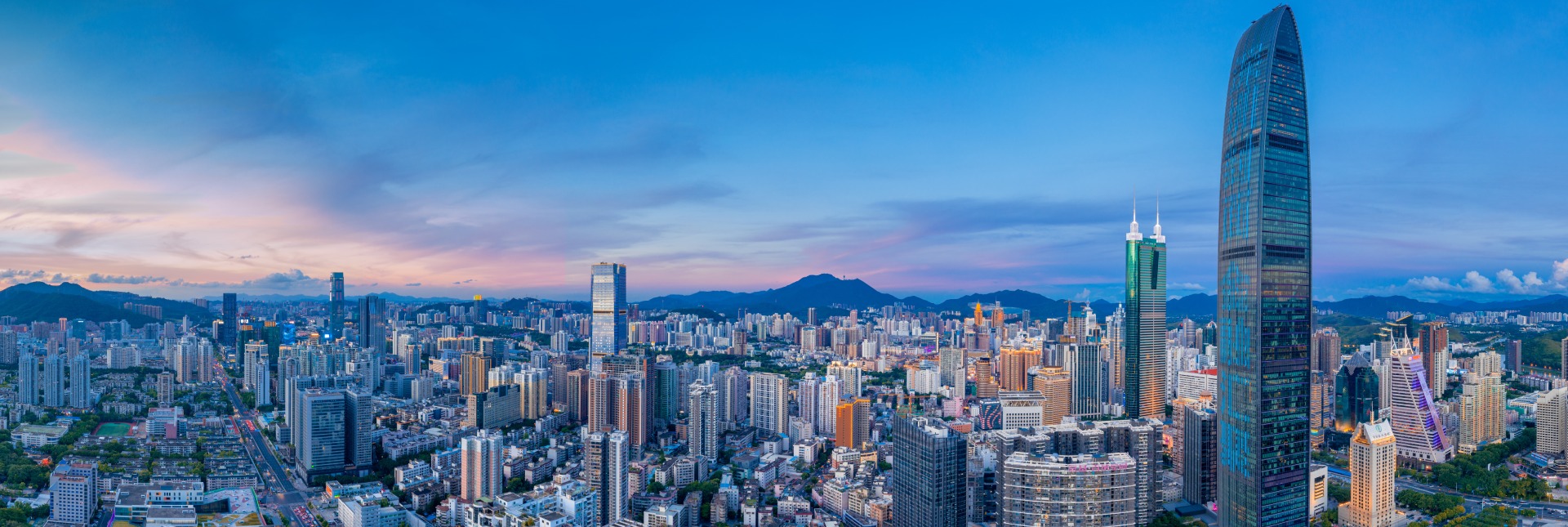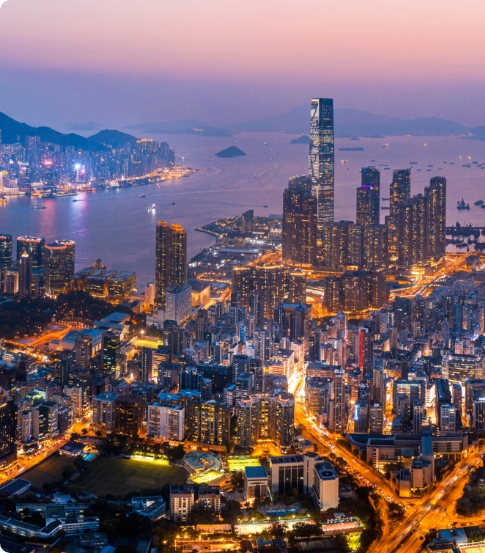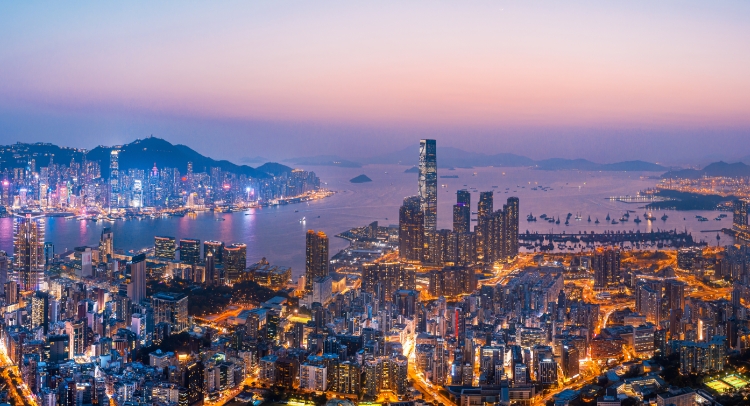In a global economy struggling with high interest rates, geopolitical fragmentation and uneven growth, one constant remains: China’s towering trade surplus. In 2024, the surplus once again exceeded $800 billion. For Beijing, it has become a powerful, if complex, macroeconomic stabilizer domestically. For the rest of the world, it has become a source of anxiety, friction and strategic recalibration.
Beneath the headline numbers lies a more nuanced story. At home, the trade surplus is helping prop up China’s economy amid weakening consumer demand and real estate turmoil. While elsewhere it has played a role in restructuring global supply chains and has resulted in a growing wave of protectionist responses. And both internally and externally, the sustainability of maintaining a high surplus is under question.
“Policymakers probably understand that a large trade surplus can’t last forever, and they are aware of the need to make China less reliant on exports and more on domestic demand,” says Tianchen Xu, Senior Economist at the Economist Intelligence Unit. “That change will take time, China’s political institutions, public finance regime and economic workings are still conducive to an industry-based system.”
Supporting domestic growth
China’s trade surplus has become one of the country’s most important drivers of domestic growth in recent years. At a time when household consumption remains tepid and private sector confidence is fragile, strong exports have acted as a cushion. In 2024, according to CEIC data, net exports contributed 1.5 percentage points to the country’s reported total of 5% GDP growth.
“China’s domestic economy cannot generate nearly enough demand to absorb everything China produces,” wrote Rhodium Group analysts in a 2024 journal article. “To create growth, therefore, Beijing has come to rely even more on exports of excess industrial output that cannot be absorbed in the domestic market.”
China’s export of more goods than it imports is not new—the country has recorded an overall trade surplus every year for the last 30 years—but it has been rising rapidly since 2019, with the surplus more than doubling in the last six years. Once dominated by garments, furniture and low-end electronics, today’s surplus is increasingly powered by strategic sectors such as electric vehicles, green energy components and semiconductors.
“China is the ultimate global supplier in many strategic sectors, a reflection of its industrial competitiveness,” says Xu. “Although there has been a wave of supply chain diversification in recent years—for example, through investment in Southeast Asia—most of the key components still originate from China.”
Propping up the economy
While there are a number of valid concerns that have been raised regarding China’s trade surplus, it has had some positive impacts on the domestic economy, at least in the short-term.
The surplus has given Beijing valuable fiscal and monetary breathing room, counterbalancing the uneven post-pandemic recovery. And this has been necessary, given that official data shows household consumption as a share of GDP barely rising in the past few years, hovering near 38%, well below levels seen in other large economies. Meanwhile, real estate investment contracted by more than 9% in 2024, after already having fallen in 2023.
The large surplus has also supported blue-collar employment in coastal manufacturing hubs, kept industrial capacity running and provided foreign exchange stability amid volatile capital flows. In regions like Jiangsu, Zhejiang and Guangdong, where export manufacturing is a central economic pillar, sustained demand for goods like electronics, EVs and green tech products has helped offset rising unemployment and stagnant private investment.
“The export sector has played an important role in helping China navigate its economic challenges,” says Xu. “It contributed nearly one-third of China’s growth in 2024, and is also crucial to China’s labour market and broader social stability. It’s estimated that the export sector has contributed more than 100 million jobs.”
The sustainability question
Despite its near-term benefits, the large trade surplus also causes problems for the domestic economy. For example, the export-driven model suppresses domestic consumption—despite offsetting some of the losses. With resources directed toward production rather than household income and services, consumption remains a relatively weak engine of growth, particularly given that the jobs being created are not of a level sought after by many of China’s young graduates.
“China’s economy is underpinned by structural imbalances, especially in real estate, and this has driven down consumer confidence and increased the need for precautionary savings,”
says Alfredo Montufar-Helu, China-based senior adviser to MNCs. “You can’t raise consumption significantly without building out a stronger safety net—pensions, healthcare, unemployment insurance. China is trying, but the gap with developed countries is still large.”
A persistent surplus also puts upward pressure on the renminbi (RMB), which could erode export competitiveness if left unchecked. To mitigate this, China’s central bank often intervenes in currency markets, accumulating foreign reserves and dulling the monetary impact. However, this currency management, combined with export incentives, reinforces industrial overcapacity—especially in sectors like steel, construction materials and low-margin manufacturing—resulting in inefficient capital allocation and diminishing returns.
“Aside from lower consumer spending, price wars by Chinese firms and massive overcapacity are pushing prices down,” says Montufar-Helu. “Profitability is not as high as before—not only because the economy is weaker, but also because local competition is more intense.”
In addition, although the composition of China’s exports has undoubtedly upgraded over the past five years, continued reliance on exports means that for many of the companies already producing low-cost goods, there is a lack of impetus to innovate. These firms are focusing on scale rather than value creation, which can delay the transition to a more sustainable, productivity-driven economy, centered on advanced manufacturing, technology and services.
Global trade tensions and strategic friction
One of the results of China’s export growth is that it now has a greater presence in international markets generally, and is dominating in a surprising number of them.
“Trade surpluses don’t create themselves,” says Montufar-Helu. “Of course, you have two things—you have producers in China that want to export, but you also need consumers in other countries that want to buy those products. And China has increasingly exported good products at competitive prices, resulting in growing market share for its companies.”
As a result, there has been an uptick in push back from many of these markets, citing an array of economic, strategic and political concerns. The United States, still running a large bilateral trade deficit with China, has hardened its stance across recent administrations. The Biden White House extended tariffs—many originally introduced under the first Trump administration—under Section 301, imposed new levies on Chinese EVs and solar panels in 2024 and continued restricting technology flows via the CHIPS and Science Act. The current Trump administration has taken this further with wide-reaching tariff implementation.
In the EU, carmakers that are now facing stiff price competition from Chinese EV imports are seeking help from the bloc’s leadership to safeguard the industry, citing unfair use of state subsidies and a lack of reciprocity in market access, among other issues. In 2024, the European Commission launched an anti-subsidy investigation into Chinese EVs and green tech, citing state support and dumping practices. Even Germany—long a defender of trade with China—has signaled greater scrutiny as its automakers lose share to Chinese competitors.
“We are going to see more protectionism targeting specific Chinese goods,” says Xu. “The EU is particularly concerned and it is also tracking potential trade diversion—Chinese goods blocked by US tariffs finding their markets in third countries.”
But some analysts see the hardening stance coming too late to protect domestic production. “Photovoltaic cells are a prime example—the EU reacted only after the supply chain had been captured,” wrote the Rhodium analysts. “With autos, the response is much faster because the industry is more strategic.”
Outside of the West, countries, some of which have had historically good relations with China, are also increasingly caught between integrating into China’s industrial supply chains and protecting their own nascent industries. For instance, Brazil has revived local content rules for infrastructure and energy. South Africa has expressed concern over being flooded with Chinese steel and machinery. India, although a country that has not necessarily had the best relationship with China, has also introduced tariffs and production-linked incentives (PLIs) to support domestic solar, electronics and EV sectors.
“Countries with a track record of protectionism, like Brazil, could also launch further countervailing investigations, despite improving China-Brazil relations,” says Xu. “However, I don’t think any country [other than the US] will respond to China’s surplus with blanket tariffs on Chinese goods.”
Whichever way these policies are viewed, from economic nationalism to pragmatic efforts to rebalance trade relationships and avoid overdependence, they mark a clear shift away from the laissez-faire trade models that allowed China’s manufacturing sector to rapidly expand largely unchecked for three decades.
Impact on business
China’s growing trade surplus is not only reshaping macroeconomic policy and global diplomacy—it is also having a tangible effect on the strategic decisions of both Chinese firms expanding abroad and foreign businesses operating within China.
In Europe, Chinese electric vehicle manufacturers like BYD and SAIC have seen their vehicles subjected to growing regulatory and legal hurdles. In 2024, the European Commission launched an anti-subsidy investigation targeting several Chinese automakers, alleging state-backed pricing advantages that distort competition. This has already delayed some planned market entries and forced companies to consider building local assembly plants to avoid potential tariffs.
Beyond the automotive space, solar companies like LONGi Green Energy and Trina Solar have faced significant trade barriers. The US has used anti-circumvention rules to target Chinese solar products assembled in Southeast Asia, while India has imposed basic customs duties to encourage domestic manufacturing. As a result, Chinese green tech exporters are being pushed to localize production in third countries, eroding some of their cost advantage.
“Going forward, Chinese firms will increasingly expand production across the globe via direct investments abroad,” says Xu. “Localized production in other countries is likely to curb the growth of Chinese exports.”
Conversely, foreign companies operating in China are confronting a more difficult and uncertain landscape, shaped both by the country’s economic imbalances and rising geopolitical tensions.
In the consumer space, multinational brands like Apple, Nike and Adidas have seen slowing growth in China due to weak household spending and a shift in sentiment toward domestic brands. In the industrial and tech sectors, companies such as Intel, Siemens and Bosch face complex dilemmas. On one hand, China’s huge market and cost advantages remain compelling. On the other hand, increasing scrutiny of foreign firms, tighter data and cybersecurity regulations, and pressure to localize supply chains are forcing these companies to “de-risk” by ring fencing China operations or slowing investment.
Facing change
Looking forward, China’s export momentum faces serious risks. The global economy is slowing. Interest rates remain elevated in developed markets, and fiscal space is shrinking. If external demand softens—particularly in the US and EU—China’s export machine could face a sharp deceleration. And a slowdown would likely spill into domestic production, triggering job losses in manufacturing-heavy regions and adding pressure to an already fragile labor market.
“China’s economy is no doubt susceptible to a downturn in global demand, and the riskiest part will be its job market,” says Xu. “In this scenario, we should watch out for not only unemployment, but also underemployment—those who have jobs who are not getting enough work.”
Falling export earnings would also reduce foreign currency inflows, complicating Beijing’s monetary policy stance and potentially weakening the renminbi.
As a result, the shape of China’s trade surplus is likely to evolve in the coming years. While its size may remain large by global standards, it is unlikely to expand much further, particularly given global push back, as well as the possibility of a pickup in domestic consumption.
“I expect exports to slowly narrow as a percentage of GDP,” says Xu. “But I can’t imagine China becoming a deficit country as the competitive advantage of its manufacturing sector looks unshakable now.”




